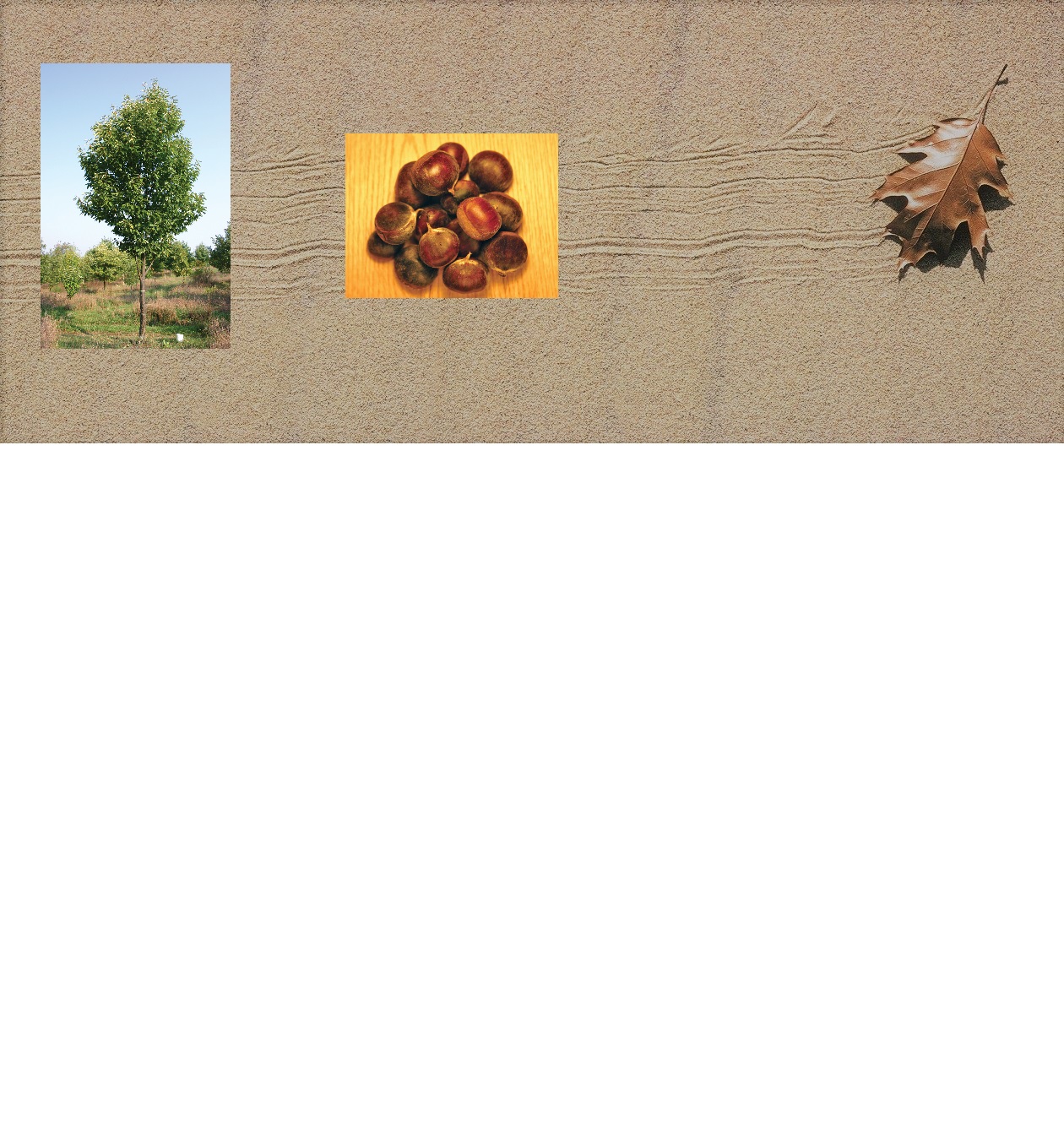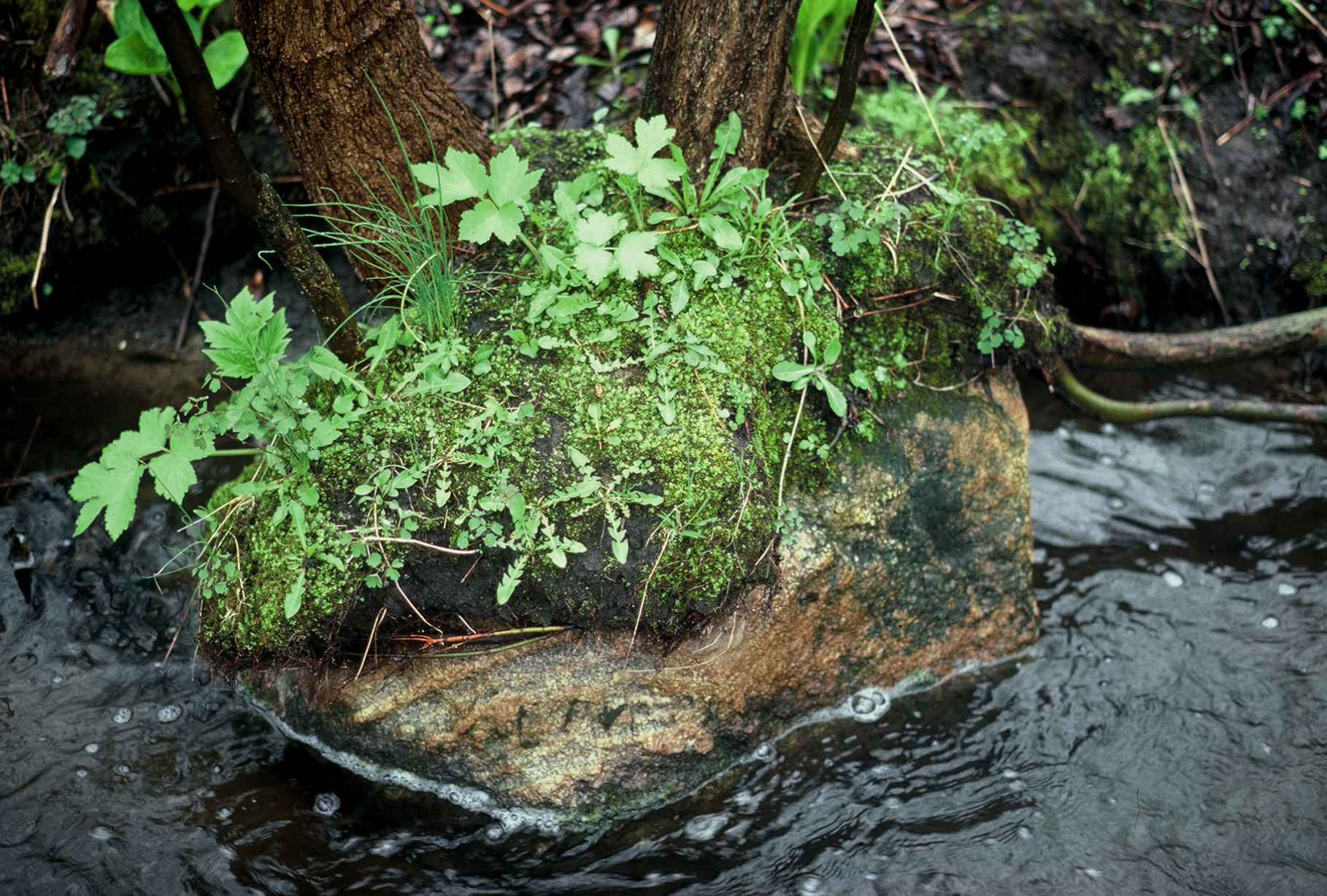



Purple leaf chokecherry is a popular landscape tree. It is used as a street tree. Called Schubert cherry it has morphed into several varieties. Today you can find it in many garden centers and home depots of the world even in Australia. It is quite a beautiful tree in foliage. Over time I had found the plant but also noticed it succumbing to black knot which really renders the trees immune system useless and very little fruit or flowers are produced. While on my way to my old bank one day, I found one on the corner of the banks landscape and asked if I could collect. They said yes with a weird look in their eyes. I collected enough seeds to make a small planting at my farm in an open field. The plants like the one at the bank, showed complete immunity to black knot and the fruit quality was very good for this species. It was slightly larger than the species and the rich dark coloration of the fruit as well as the foliage was a beautiful contrast. As a result I kept the most vigorous plants in the group. Some only grew slowly if at all. Others grew to 10 ft or more. It was these larger ones that really kicked out the fruit. Normally the Schubert cherries are not selected for their fruit but only for their ornamental appeal. This one is for the fruit. The fruits on this strain are very good and further grow outs could continue this wonderful seed strain as well as develop even better and larger fruiting types. Fruits make a wonderful cherry jelly and further products could easily be made with this plant.
"Dark Star" Selected for its clean leaves, heavy fruiting, vigor and immunity to black knot. This is the best of my seedlings where the vigor lead to heavier yields and stronger growth. Often chokecherry is kind of a weak growing tree. The other varieties on the market are very strong growing but as far as I can tell highly susceptible to black knot often covering the entire tree with knots up and down the branches making it look a bit like a zombie tree encased in disease. The fruits of "Dark Star" are slightly larger than the species and can be eaten fresh off the tree, however there still is astringency found with the fruit. So it is best as a processed fruit. This variety has done the best in southwestern Michigan for its fruit yields as the more northern ones tend to be lower here. This one actually could be done on a larger scale and possibly even from seed as the seed source is very good and solid with little variation of fruit quality with the seedlings.
| Plant Specs |
| Genus & Species |
Prunus virginiana |
